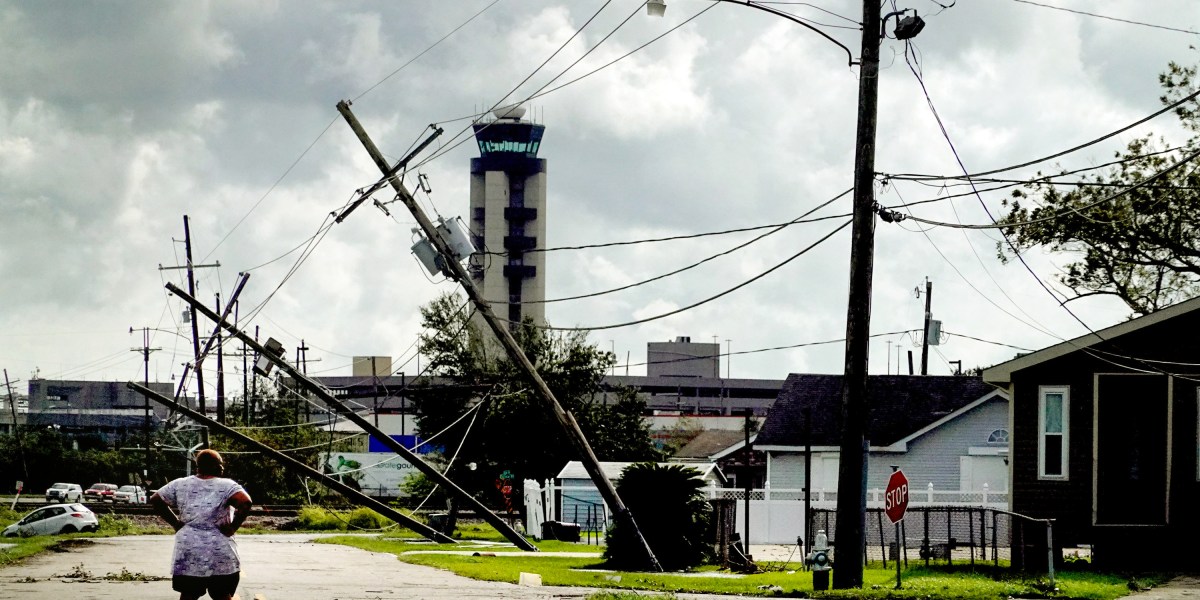
That and other damage to the power system left more than a million customers without electricity across the broader region, which is grappling with the aftermath of the storm and oppressively hot temperatures. The main utility, Entergy New Orleans, has said it could take weeks to fully restore service.
Ida follows the record-setting heat waves in the Pacific Northwest in June, during which soaring electricity demands knocked out power in some areas and forced utilities to institute rolling outages to prevent worse problems. That, in turn, closely followed outages in Texas that left four million without electricity for days in February, as frigid temperatures created a surge in demand and froze natural-gas wells and gathering lines.
Finally, in California, utilities have taken to shutting off electricity lines when high winds and fire risks pick up, in the hope of preventing a downed line from sparking another deadly inferno like the Camp Fire that nearly destroyed the town of Paradise.
Each of these disasters, exacerbated or made more likely by climate change, undermined our electricity systems in different ways: creating demand spikes, knocking power plants offline, and taking out transmission lines.
Every issue requires different, expensive solutions. But they all point to the same problem: the need to build a modernized, robust, interconnected power generation and delivery system, capable of keeping the lights on in the face of increasingly common and severe extreme weather events.
Losing power during heat waves, winter storms, floods, and fires isn’t just an inconvenience. It’s very often a matter of life and death.
We need to weatherize power plants to keep them operating safely under both scorching and freezing conditions. We need to update grids with sensors and software that help operators foresee and avoid problems.
We need to develop a more diverse array of electricity sources, as well as far more energy storage, to ensure that there’s enough power to keep homes and businesses online whatever the weather conditions. And we need to tie together our creaking, fragmented systems in order to create greater redundancy across our power plants and the towers and lines that deliver electricity wherever it needs to go.